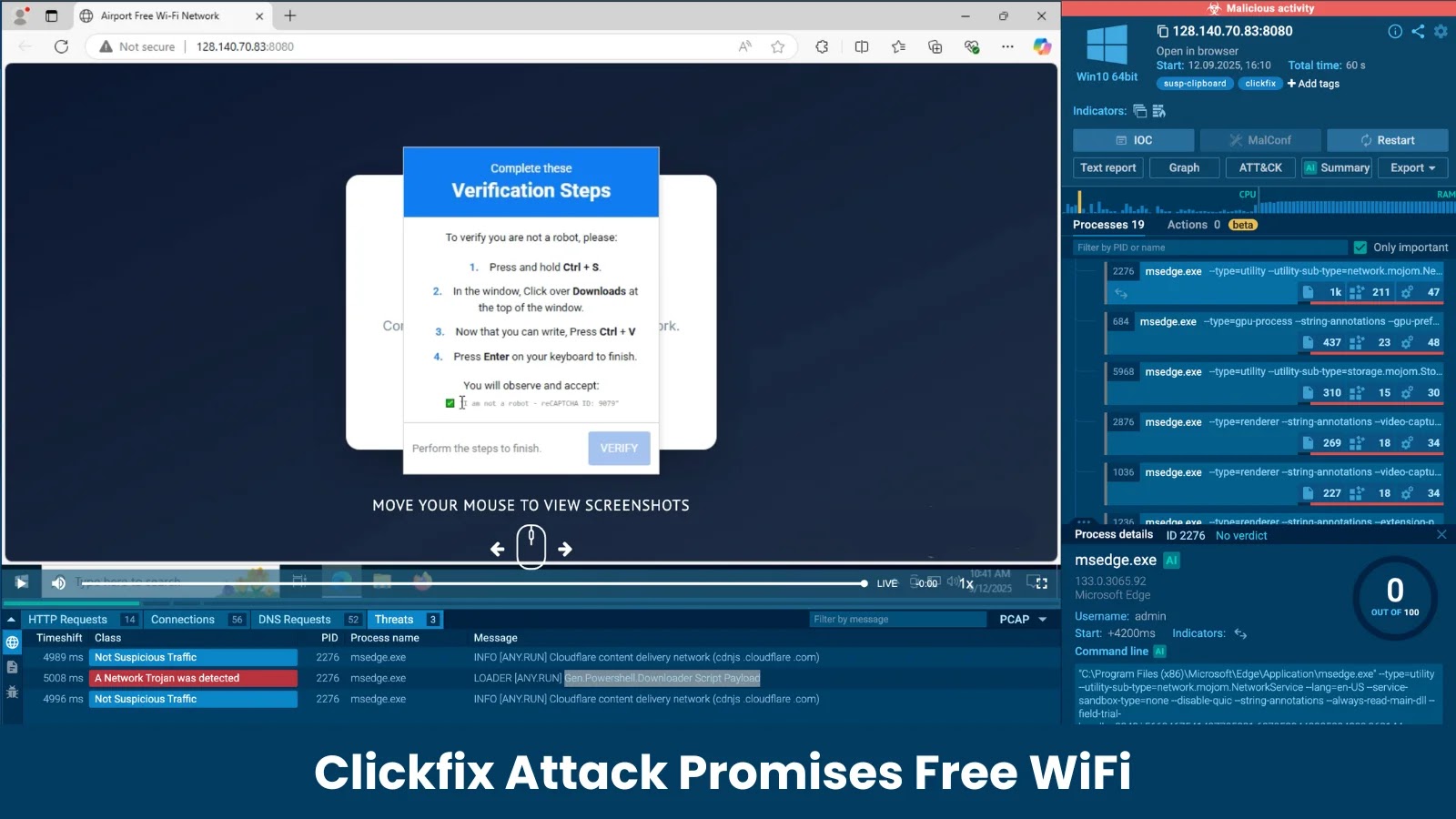In the rapidly evolving landscape of cybersecurity, recent developments have highlighted sophisticated methods employed by threat actors to exploit widely used platforms and technologies. This article delves into the misuse of Microsoft Teams for malicious activities, innovative techniques to bypass Multi-Factor Authentication (MFA), and the deployment of AI-generated disinformation campaigns.
Exploitation of Microsoft Teams for Malicious Activities
Microsoft Teams, a cornerstone for organizational communication, has become a target for cybercriminals. Threat actors have been observed leveraging Teams to facilitate extortion, social engineering, and financial theft. Notably, the group known as Octo Tempest has utilized Teams to send threatening messages to organizations, defenders, and incident response teams, aiming to pressure victims into complying with ransom demands. By compromising MFA through social engineering tactics, these attackers gain access to Teams, enabling them to identify and exploit sensitive information for financial gain.
To mitigate such risks, organizations are advised to:
– Strengthen Identity Protection: Implement robust authentication mechanisms and monitor for unusual access patterns.
– Harden Endpoint Security: Ensure that all devices accessing Teams are secured with up-to-date software and security protocols.
– Secure Teams Clients and Apps: Regularly update and configure Teams applications to minimize vulnerabilities.
Innovative MFA Bypass Techniques
Multi-Factor Authentication (MFA) is a critical defense against unauthorized access. However, cybercriminals continually develop methods to circumvent these protections. Recent campaigns have employed malicious Windows shortcut (.LNK) files, often distributed via phishing emails containing ZIP archives with themes like passports or payments. When executed, these shortcuts deploy PowerShell scripts that install DLL implants on the victim’s system, establishing command and control channels for further exploitation.
These attacks often involve:
– Evasion Techniques: Utilizing obfuscated code and suppressing outputs to avoid detection.
– Credential Theft: Capturing user credentials to bypass MFA and gain unauthorized access.
– Persistence Mechanisms: Installing implants that allow continuous access to compromised systems.
To defend against such tactics, organizations should:
– Educate Employees: Conduct regular training on recognizing phishing attempts and suspicious files.
– Implement Advanced Threat Detection: Deploy solutions capable of identifying and mitigating sophisticated malware.
– Regularly Update Systems: Ensure all software and security measures are current to protect against known vulnerabilities.
AI-Generated Disinformation Campaigns
The integration of artificial intelligence into cyber operations has facilitated the creation of sophisticated disinformation campaigns. A notable example is the PRISONBREAK operation, attributed to Israeli-backed entities, which utilized AI-generated content to disseminate anti-government propaganda targeting Iranian citizens. This campaign aimed to incite unrest and destabilize the Iranian regime by leveraging deepfakes and other AI-generated media.
Key aspects of this operation include:
– Coordinated Social Media Activity: Approximately 50 accounts on platform X were used to spread disinformation.
– Use of Deepfakes: AI-generated videos and images designed to mislead and manipulate public perception.
– Targeted Messaging: Content tailored to resonate with specific demographics to maximize impact.
The emergence of such campaigns underscores the need for:
– Media Literacy Programs: Educating the public on identifying and critically evaluating digital content.
– Enhanced Content Moderation: Platforms should implement robust mechanisms to detect and mitigate the spread of disinformation.
– International Cooperation: Collaborative efforts to address and counteract state-sponsored disinformation activities.
Conclusion
The cybersecurity landscape is continually evolving, with threat actors employing increasingly sophisticated methods to exploit technological platforms and human vulnerabilities. Organizations and individuals must remain vigilant, adopting comprehensive security measures and fostering a culture of awareness to navigate and mitigate these emerging threats effectively.



